What's All the Hype with Sourdough?
Okay, so if you pay attention to food trends, you’ve probably heard that sourdough is on the rage. Some experts speculate that those with IBS and gluten sensitivity may tolerate sourdough better… I needed to learn more and test this out!
Unearthing the Science: How Sourdough Is Made
The starter for sourdough consists of equal parts of flour and water, which, when combined, create a mixture that generates lactic acid bacteria and yeasts through fermentation. To get a starter going, mix the flour and water and leave it at room temperature for 12-24 hours. Following a pattern of discarding a portion of the old and adding fresh flour and water to feed the fermented mixture at room temperature, you can grow a mature starter needed to make sourdough bread successfully.
Sourdough and Digestive Health: A Promising Connection
As I mentioned, sourdough may be more easily digested by individuals with IBS and gluten sensitivity or intolerance. Some experts attribute this to the extended fermentation time required for producing sourdough bread. I referred to the evidence to see if there was any truth:
-A review article from Current Opinion in Food Science explained the nutritional quality of sourdough bread. They concluded that sourdough can decrease bread's glycemic index and reduce FODMAPs by 30%, making this a more desirable bread option for people with IBS and diabetes. Some researchers hypothesize that various strains of Lactobacilli break down FODMAPs in sourdough bread, which may explain why it is better tolerated.
-In regards to gluten sensitivity, a couple of studies have identified that strains of Lactobacilli produced in the fermentation process can also reduce gluten’s immunogenicity (its ability to promote an immune response by the body), resulting in the possibility some individuals may be able to consume sourdough. Keep in mind that it didn't break down or eliminate all gluten, but it significantly reduced a substantial portion of it. Someone’s tolerance may depend totally on their sensitivity towards gluten proteins.
I did a little experiment of my own and kept a documented record to share with you in case you also were interested in trying this out!
A Personal Sourdough Journey: Testing the Claims
I received some mature sourdough starter from a friend, which I kept in the fridge until I was ready for baking. This saved me a lot of time because when you start a sourdough starter, you have to feed it frequently to get it to a nice spot where it is ready to use. I only had to feed the mature starter every 24 hours for two days prior to baking. You can start your own starter from scratch, though!
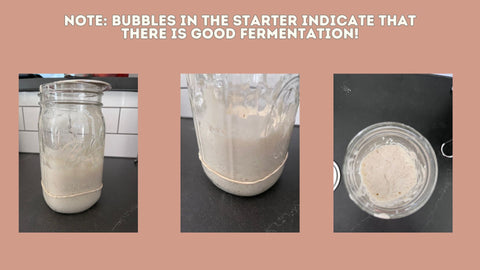
When I was advised on selecting flours for use in sourdough, the recommendation was to opt for organic, unbleached, unbrominated flour. This choice relates to the minimal processing and the absence of GMOs, glyphosate, and other preservatives. See the pictures below of the two flours used. You can use different flours and experiment if you prefer!

All-purpose flour has 8-11% gluten content, and bread flour has the highest amounts of gluten at 12-14%. Other ingredients used: sea salt and filtered water
I used a kitchen scale to measure my ingredients to ensure accuracy in the amounts. Multiple blogs/recipes I reviewed mentioned that this was the gold standard when making bread, as any off-measurement could result in subpar bread.
I decided to follow a recipe from LittleSpoonFarm, where they have many easy sourdough recipes. I used the sample night schedule to bake my first loaf. I adjusted my kitchen thermostat and controlled the temperature closely to ensure the correct rising and proofing of the dough overnight. My kitchen remained at 70 degrees F from start to finish.
The next morning, I got up early and finished kneading and forming the dough before baking it. I preheated my oven with the empty Dutch oven inside. I will tell you, it left the most amazing smell throughout my home when baking the bread. It gave me some serious “Little House on the Prairie'' vibes!

I was so excited with the results of my first loaf. It came out perfectly baked at 205 degrees F. It had a nice crispy outside crust and soft center.
My experience went so well that I got ambitious and made two loaves the following weekend. Now, I am experimenting with other sourdough recipes and even discard sourdough recipes (this involves using the portion of the starter you discard when feeding the starter).

Hope for Gluten-Sensitive Eaters
So, back to the benefits of sourdough- I had mentioned that gluten-sensitive individuals might better tolerate sourdough. I had this theory tested by my friend, who is highly gluten intolerant. I gave her enough bread to have several servings. She immediately tried it and reported back after several exposures. No signs of bloating, gas, diarrhea, etc after several days’ exposure; she felt completely normal and tolerated it well. She also tolerated sourdough crackers well too!
So, there may be some hope for gluten-sensitive individuals after all! Maybe you can give sourdough a try. Just be cautious that different flours contain different amounts of gluten (see above). Other factors may also be at play, like the differences between conventionally grown and processed flours compared to organic. It also may depend on how sensitive you are to gluten vs somebody else.
Take a look at this article on Einkorn flour- maybe give this one a try with sourdough?
Please note that because this bread is not 100% gluten-free, we do not recommend it for individuals with Celiac disease.
I am a huge fan of sourdough, and I think I’ll be baking this delicious bread and other treats for my family for a long time. I give this new hobby a TWO THUMBS UP!
- Amy. (2023). Easy sourdough bread recipe. Little Spoon Farm.
- Canesin, M. R., & Cazarin, C. B. B. (2021). Nutritional quality and nutrient bioaccessibility in sourdough bread. Current Opinion in Food Science, 40, 81–86.
- Di Cagno, R., De Angelis, M., Lavermicocca, P., De Vincenzi, M., Giovannini, C., Faccia, M., & Gobbetti, M. (2002). Proteolysis by sourdough lactic acid bacteria: effects on wheat flour protein fractions and gliadin peptides involved in human cereal intolerance. Applied and Environmental Microbiology, 68(2), 623–633.
- Hamel, P. J. (n.d.). Sourdough starter. King Arthur Baking.
- Menezes, L. A. A., Minervini, F., Filannino, P., Sardaro, M. L. S., Gatti, M., & De Dea Lindner, J. (2018). Effects of sourdough on FODMAPs in bread and potential outcomes on irritable bowel syndrome patients and healthy subjects. Frontiers in Microbiology, 9.
- Menezes, L.A.A., Molognoni, L., de Sá Ploêncio, L.A. et al. Use of sourdough fermentation to reducing FODMAPs in breads. Eur Food Res Technol 245, 1183–1195 (2019).
- Rashmi, B.S., Gayathri, D., Vasudha, M. et al. Gluten hydrolyzing activity of Bacillus spp isolated from sourdough. Microb Cell Fact 19, 130 (2020).



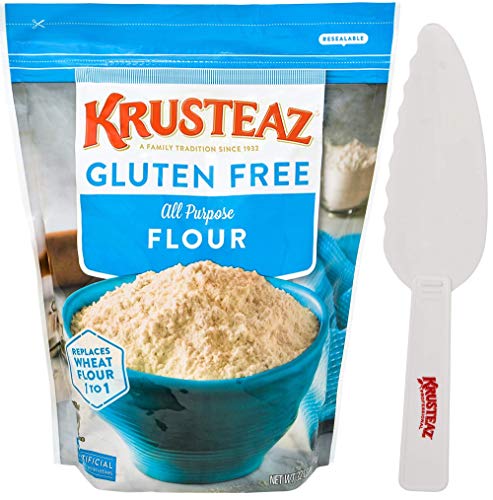
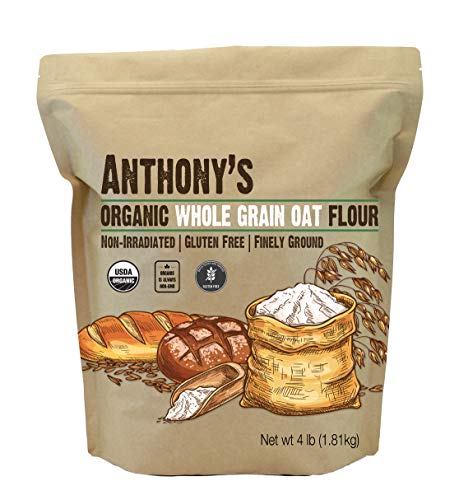
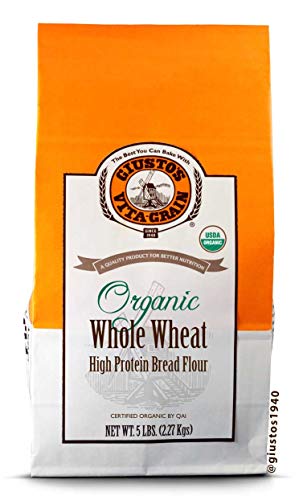

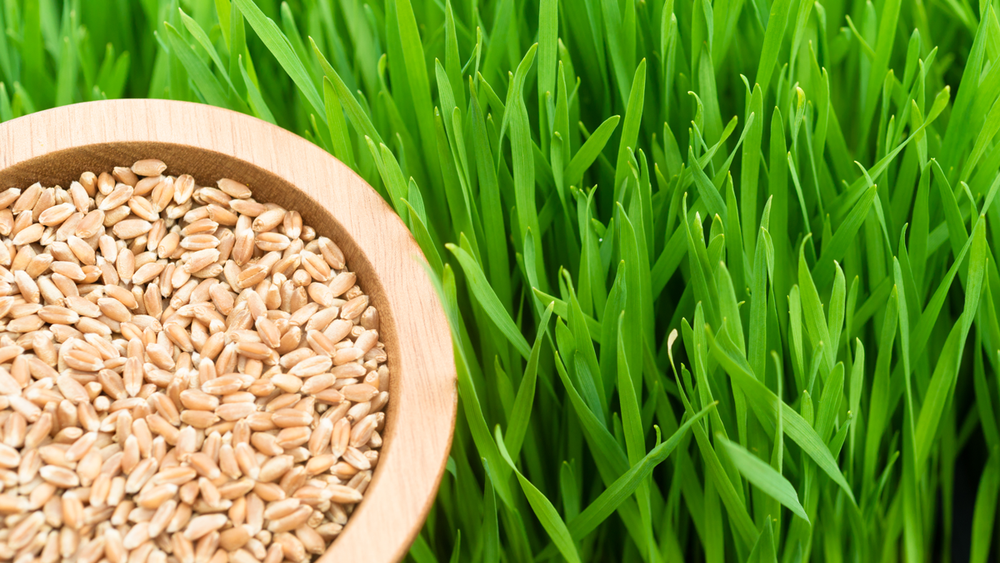












Comments
Join The Conversation...